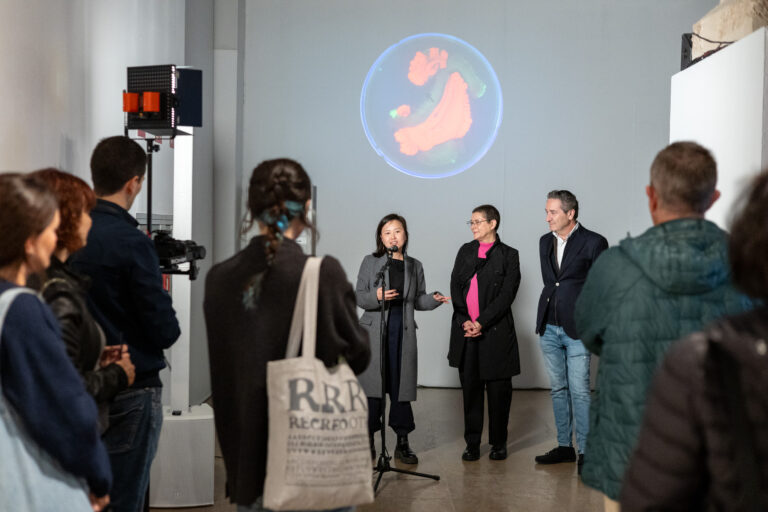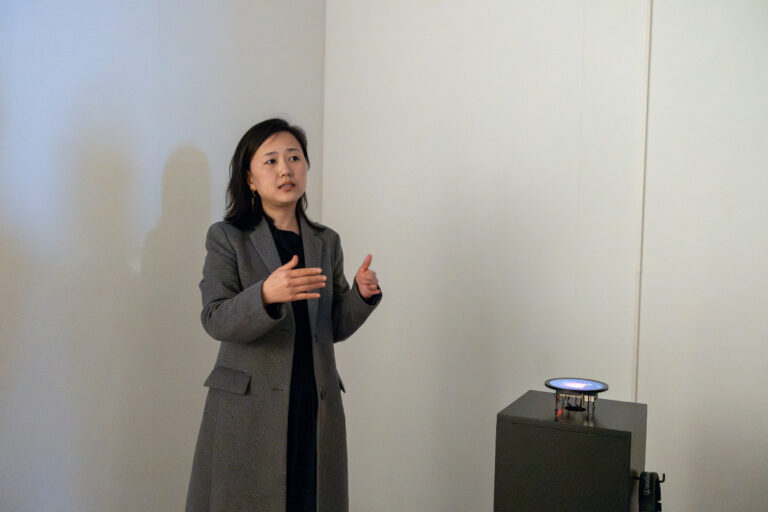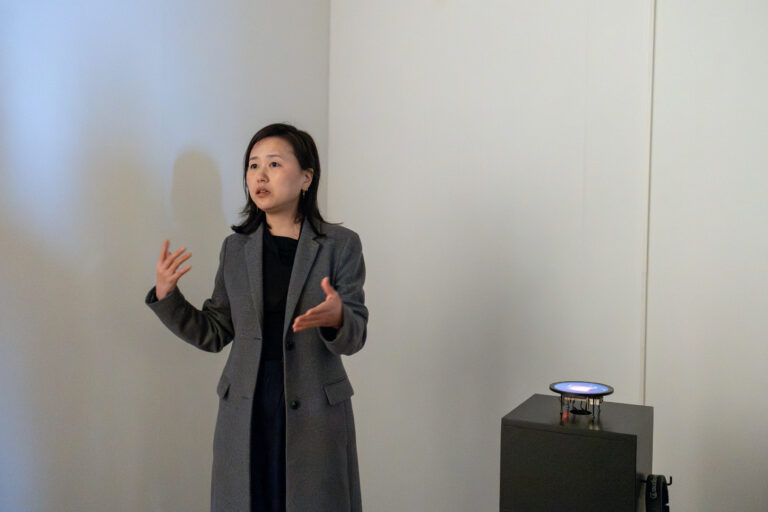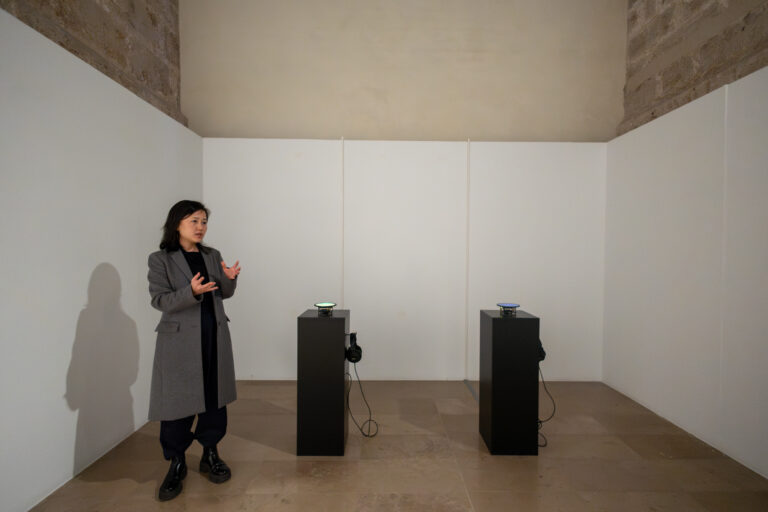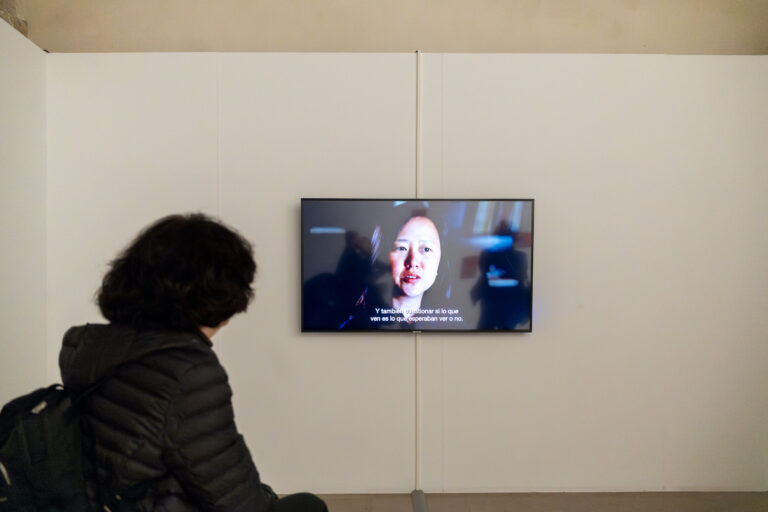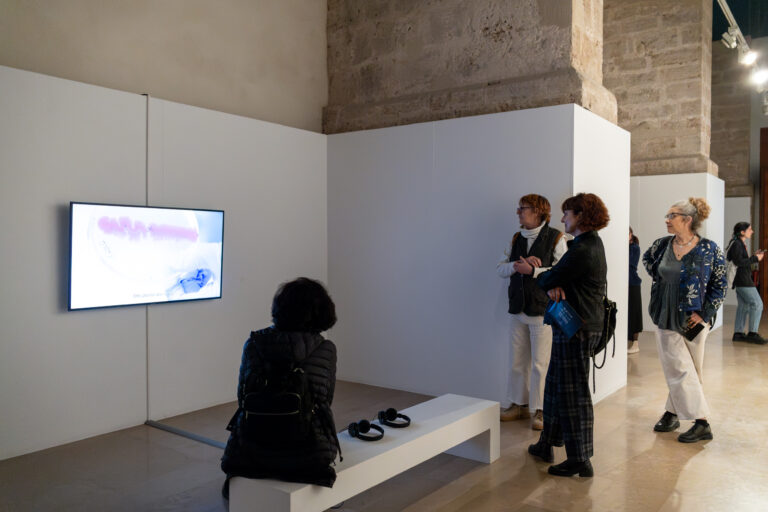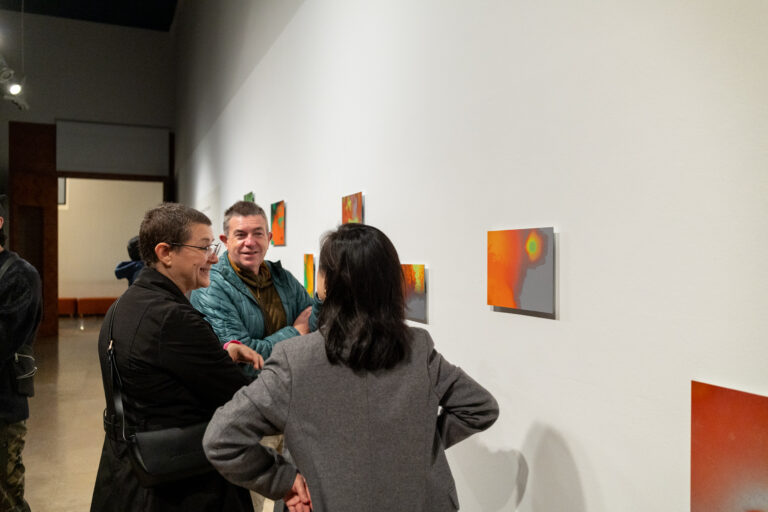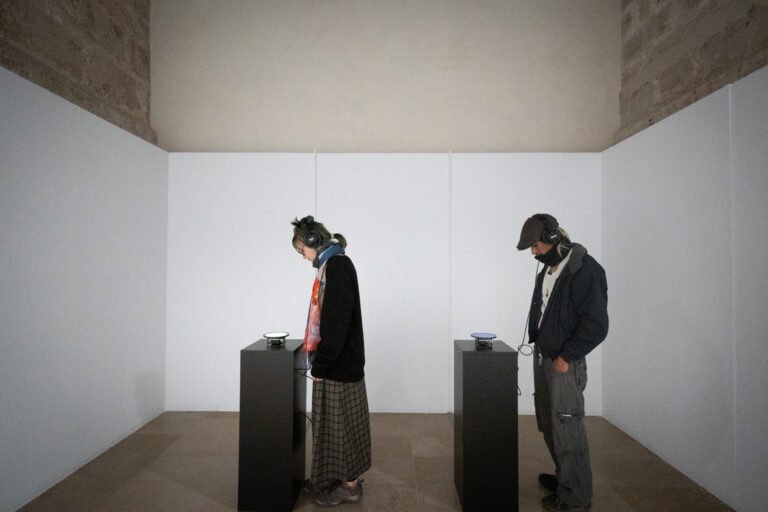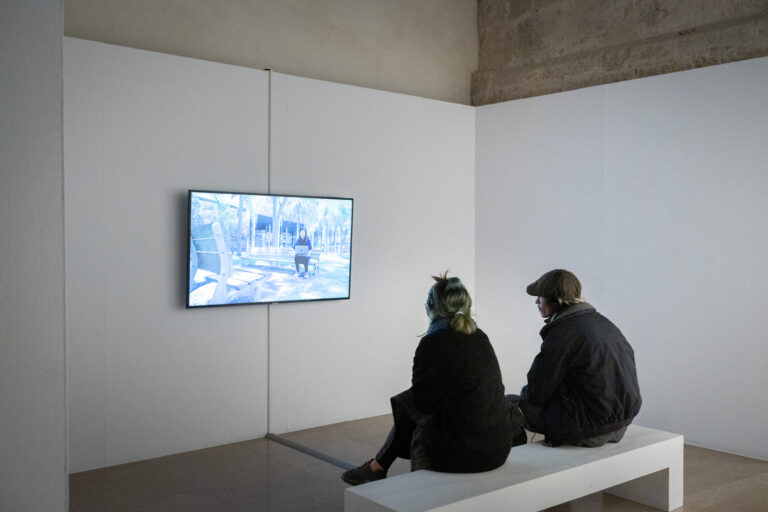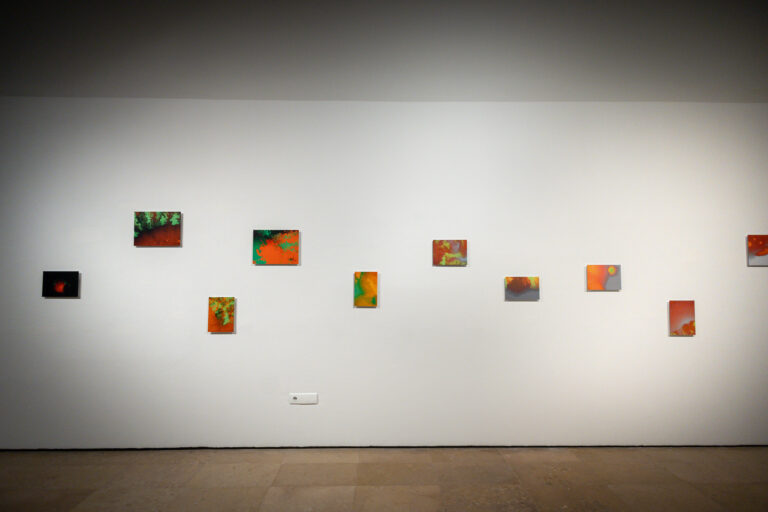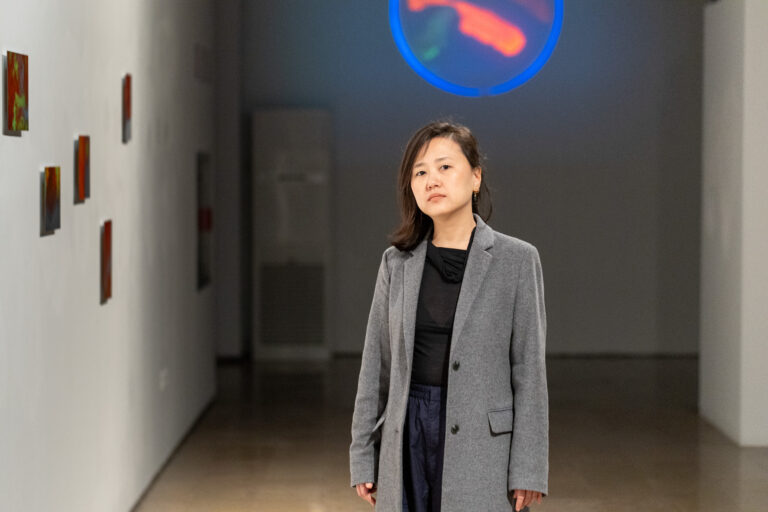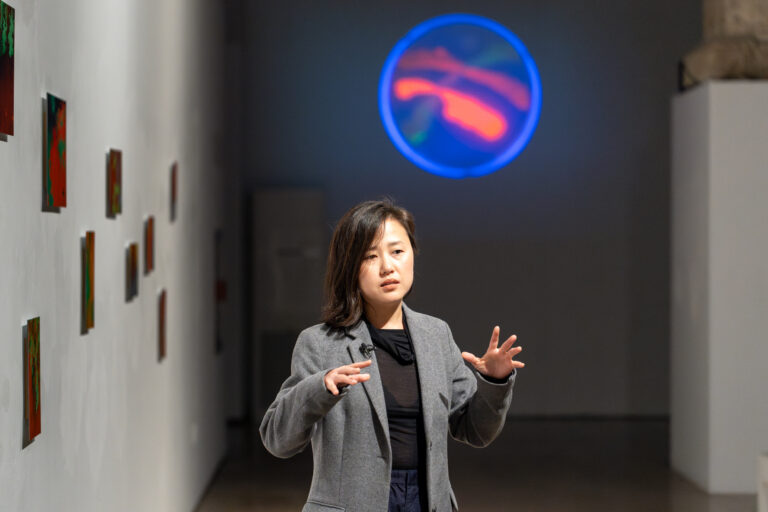SYNTHETIC SYMBIOTIC TOURNAMENT
- Paula Nishijima
TOURNAMENT
synthetic-symbiotic
In a silent laboratory, a computer displays the genetic sequence of a jellyfish; hundreds of millions of uniquely combined pairs of adenine, thymine, guanine and cytosine. In front of the screen, someone adjusts the lighting in the sterile chamber and guides a millimetric pipette into a flask with bacteria. In one motion, it extracts the exact amount of cutting enzyme, which in a matter of seconds separates a specific fragment of the jellyfish’s DNA. This fragment contains the instructions to glow for the bacteria, a fluorescent protein that, in the depths of the ocean, gives the jellyfish their glimmer. Following a genetic transformation, DNA is inserted into bacteria and begins to integrate into their genomes. Transformed into hybrid organisms, the bacteria will take on the ethereal glow of the jellyfish.
Once the ATGAGTAAAGGAGAAGAACTTTTCACATGGTGAGCAAGGGCGAGGAGCTGTTCACCGGGGTGGTGCCCATCCTGGTCGAGCTGGACGGCGACGTAAACGGCCACAAGTTCAGCGTGAG (…) is inserted, this group of E.Coli is ready for the synthetic-symbiotic tournament. The incorporation of the avGFP protein forms these bacteria into a community that expresses the green color, while another group will incorporate the fluorescent protein of a coral that expresses the red color, and a third group, a protein that expresses the orange color. Thanks to this effect of biological synthesis, it will be possible to identify three teams during the tournament.
The tournament, conceived by Paula Nishijima in collaboration with UPV’s Synthetic Biology and Biosystems Control Laboratory1, is inspired by a classic game theory experiment that illustrates the tension between the common interest and an individual’s interest.
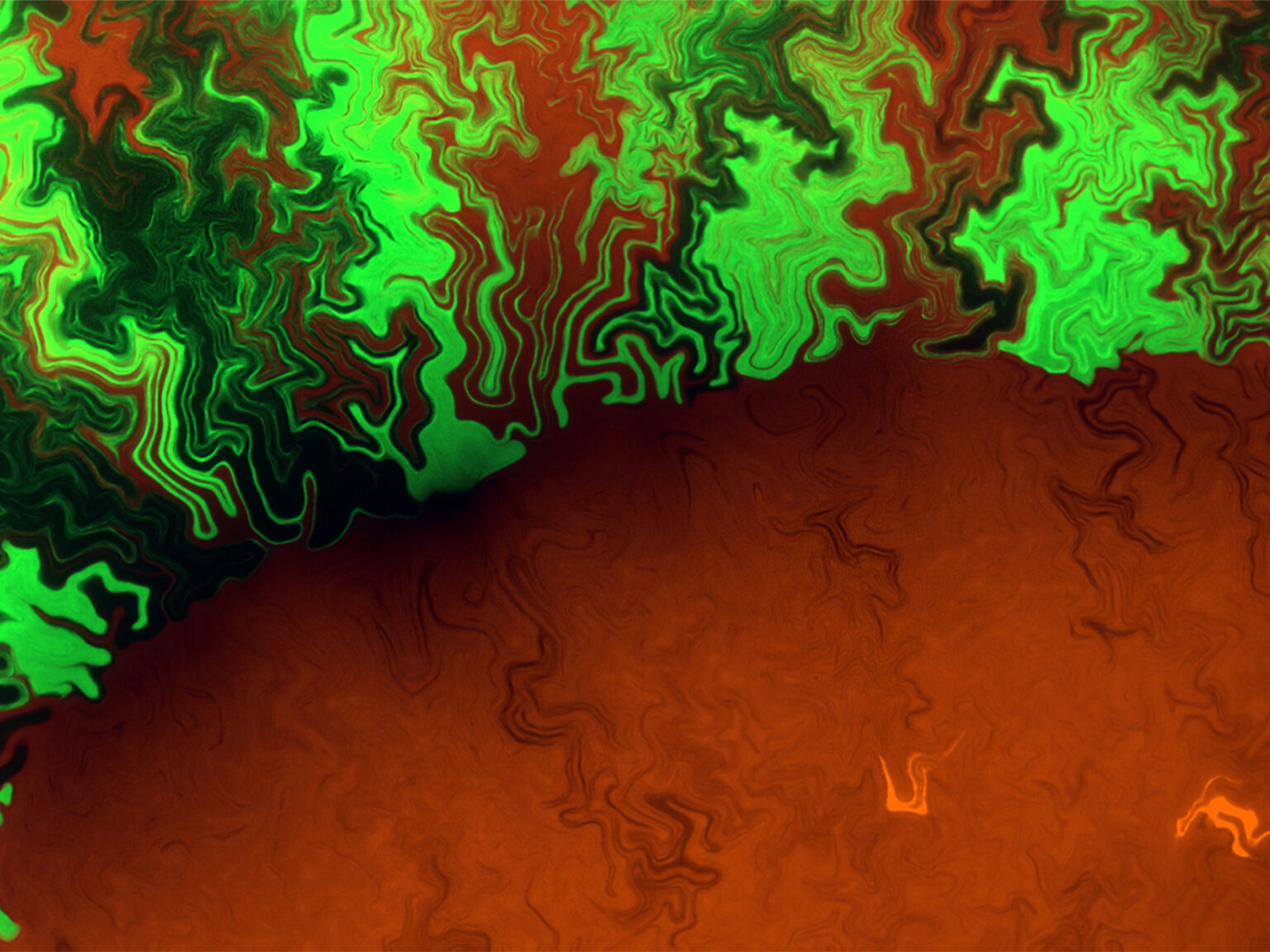
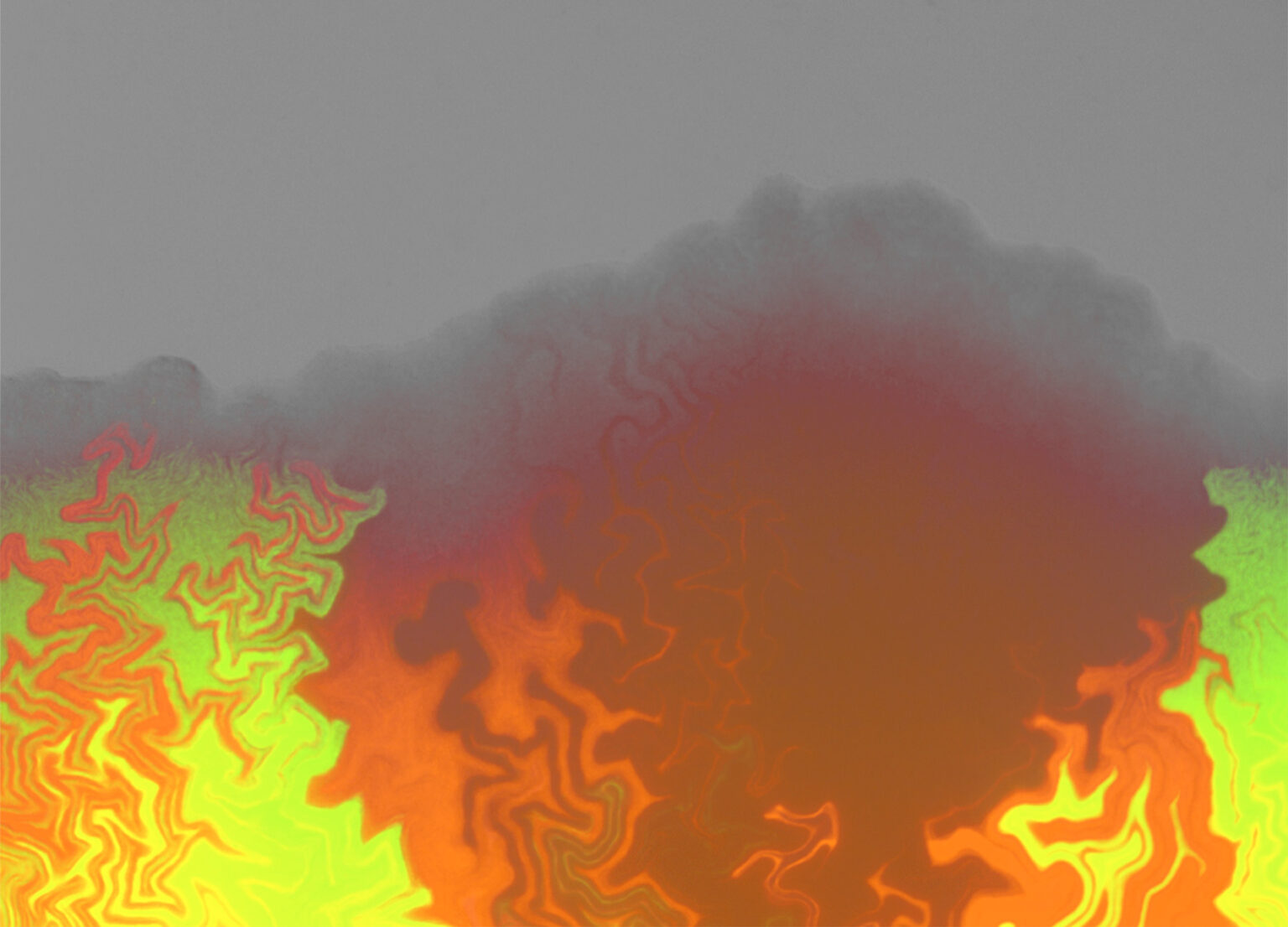
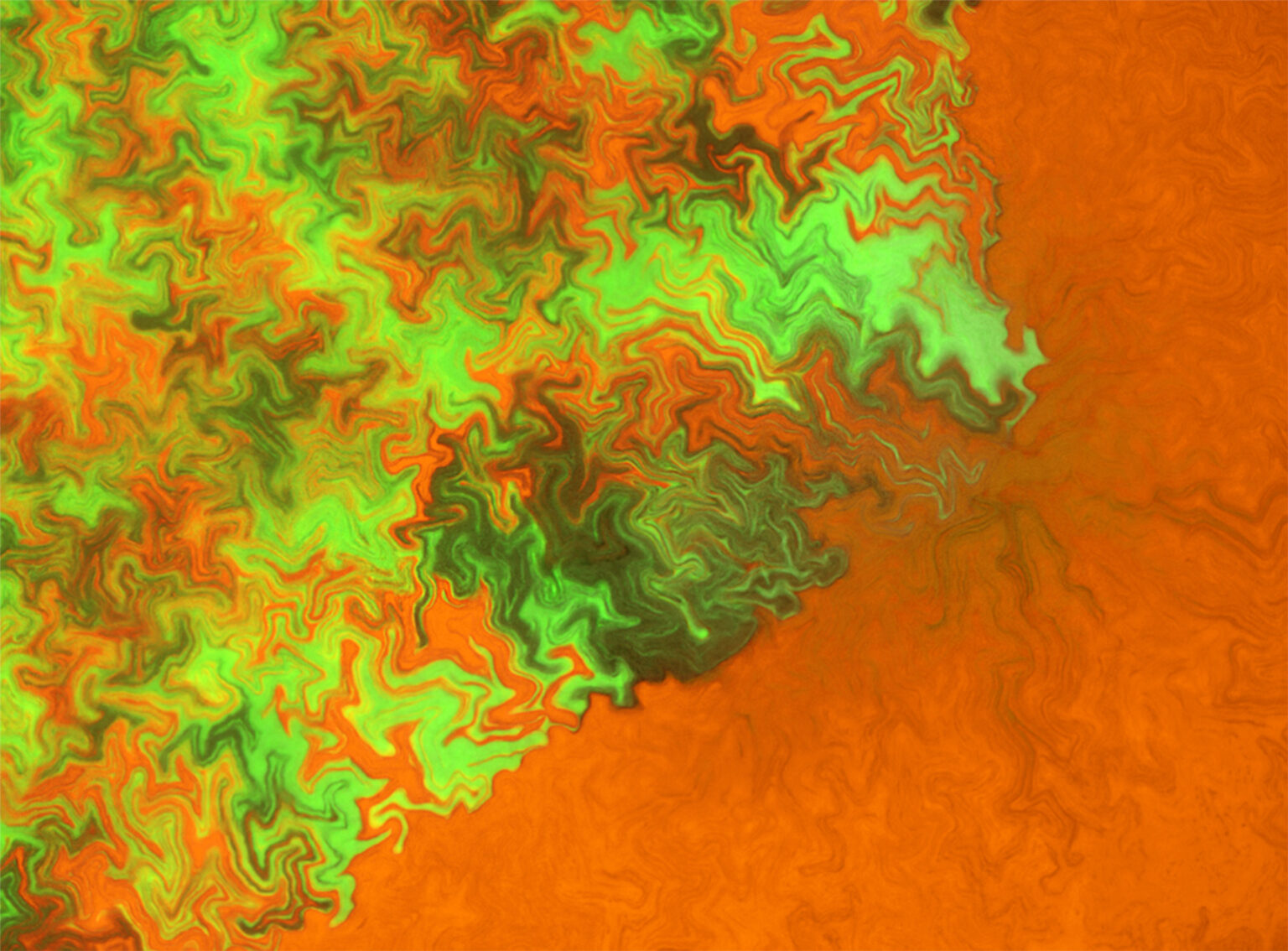
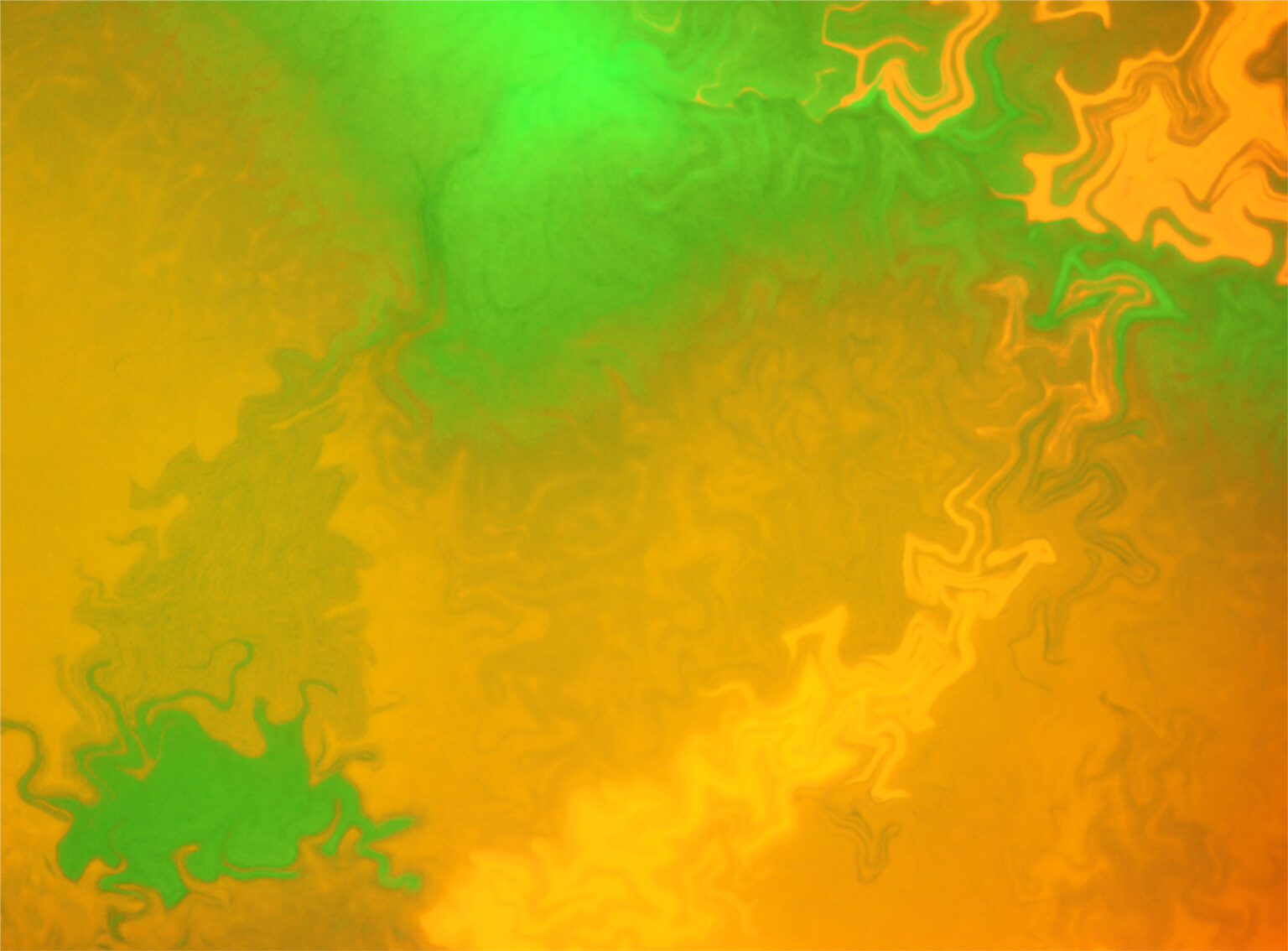
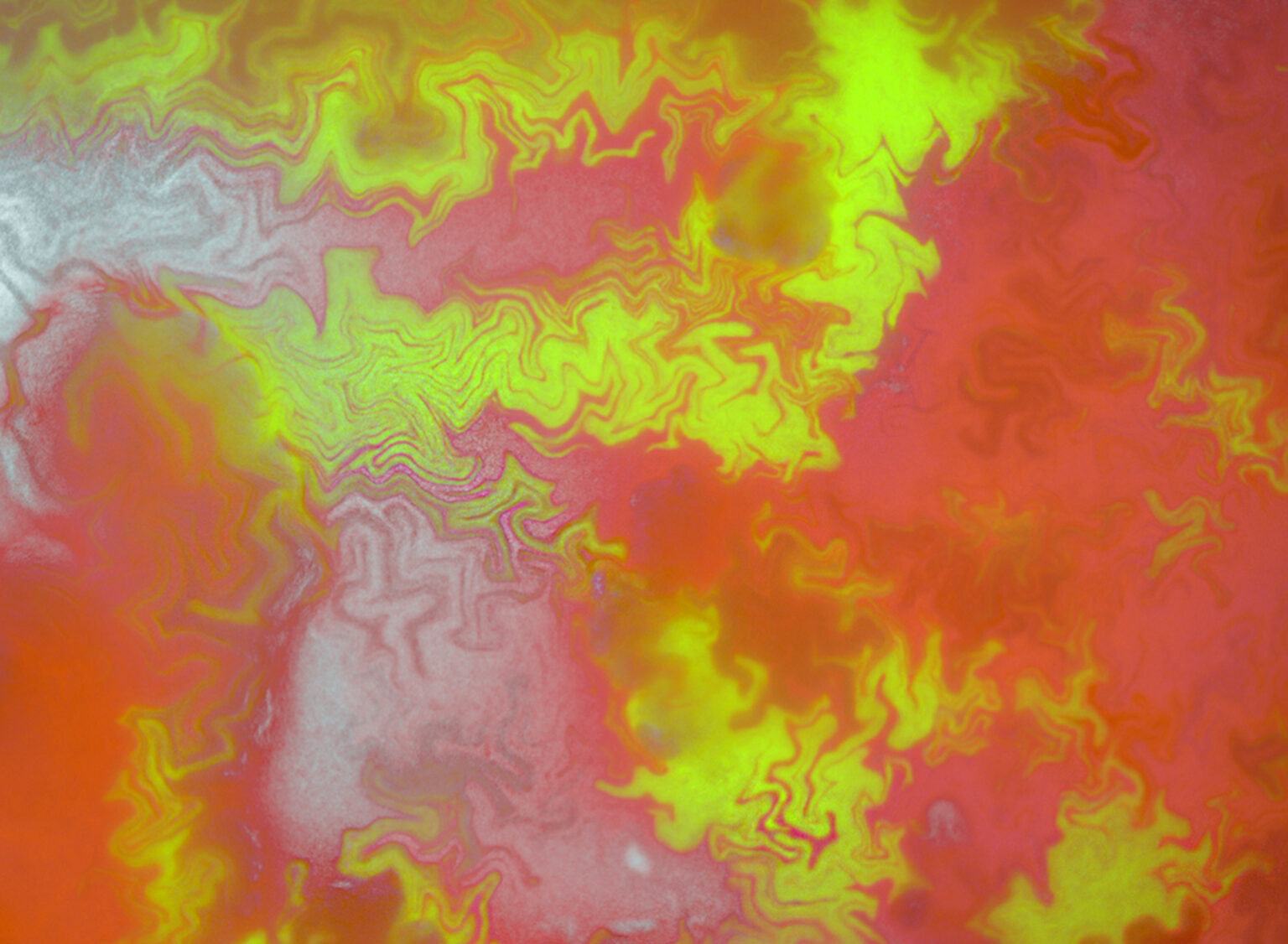
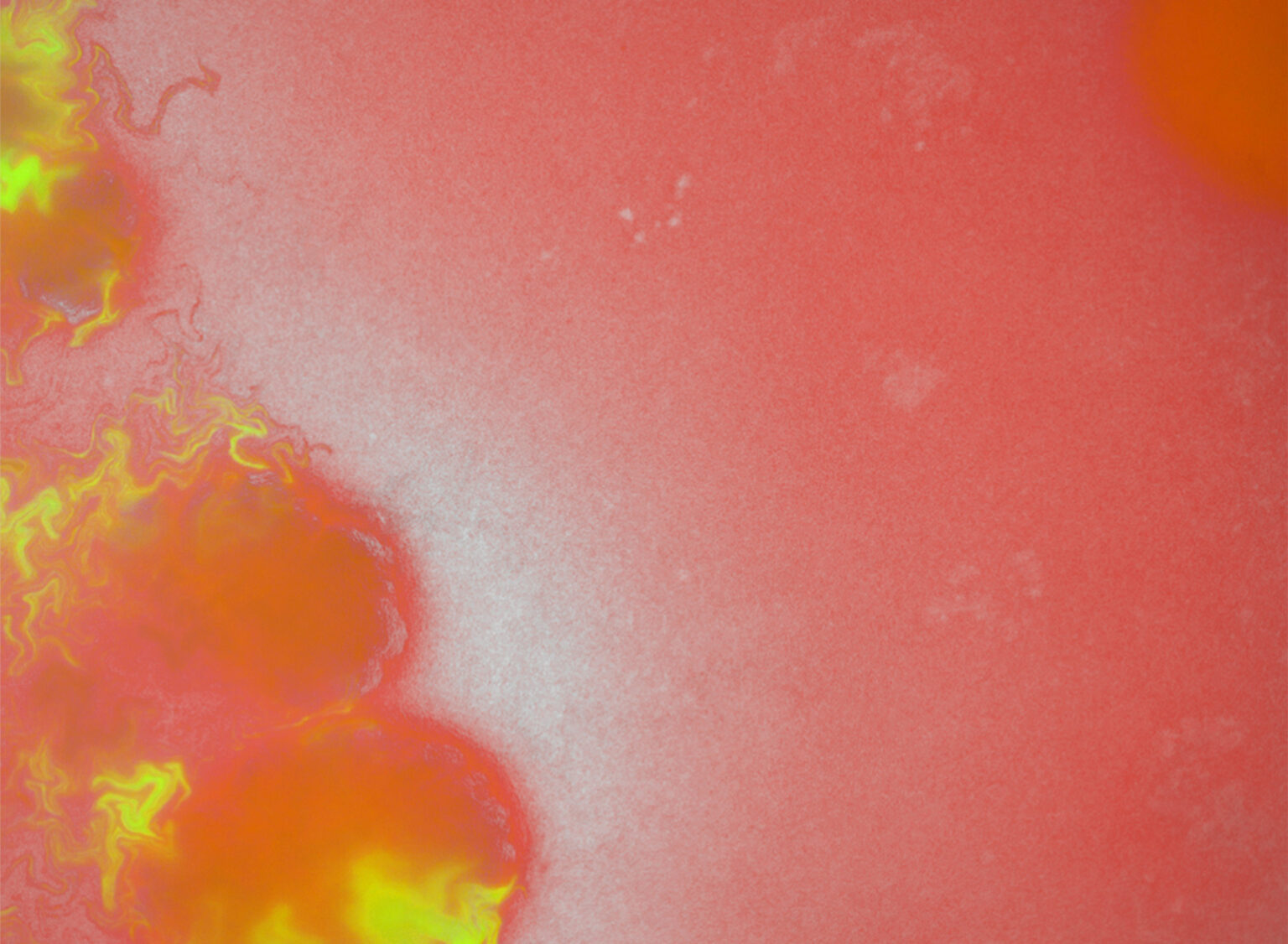
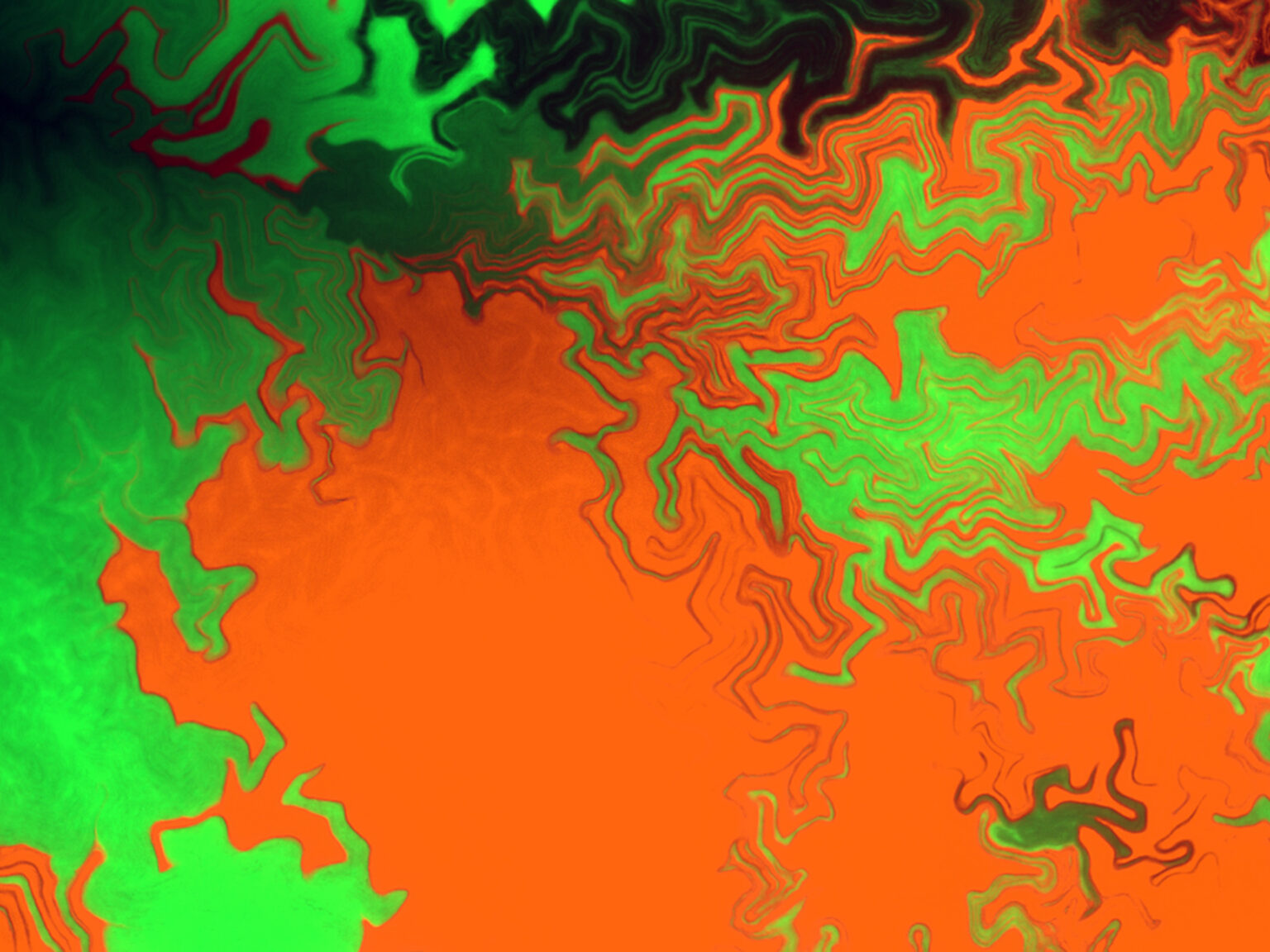
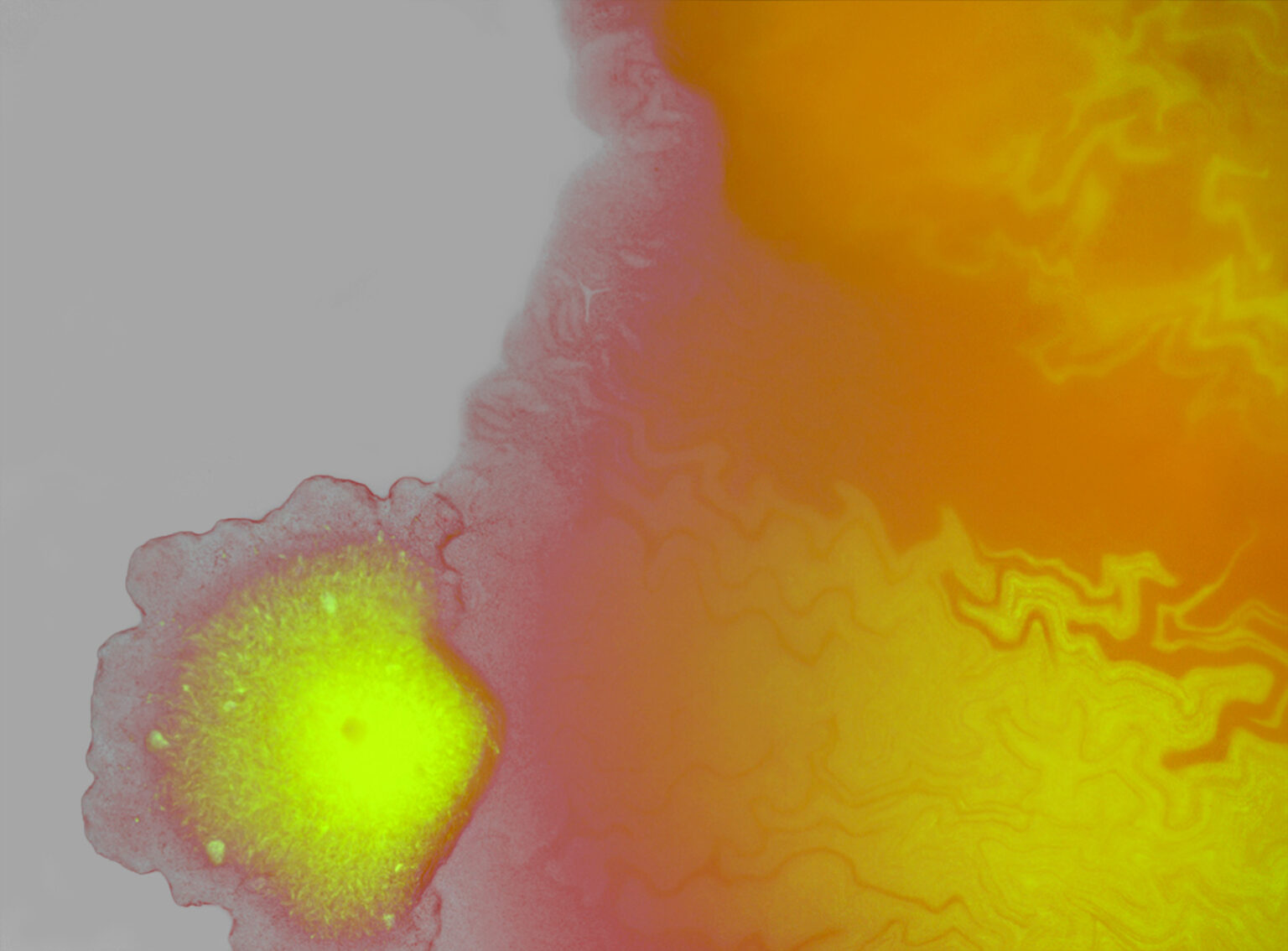
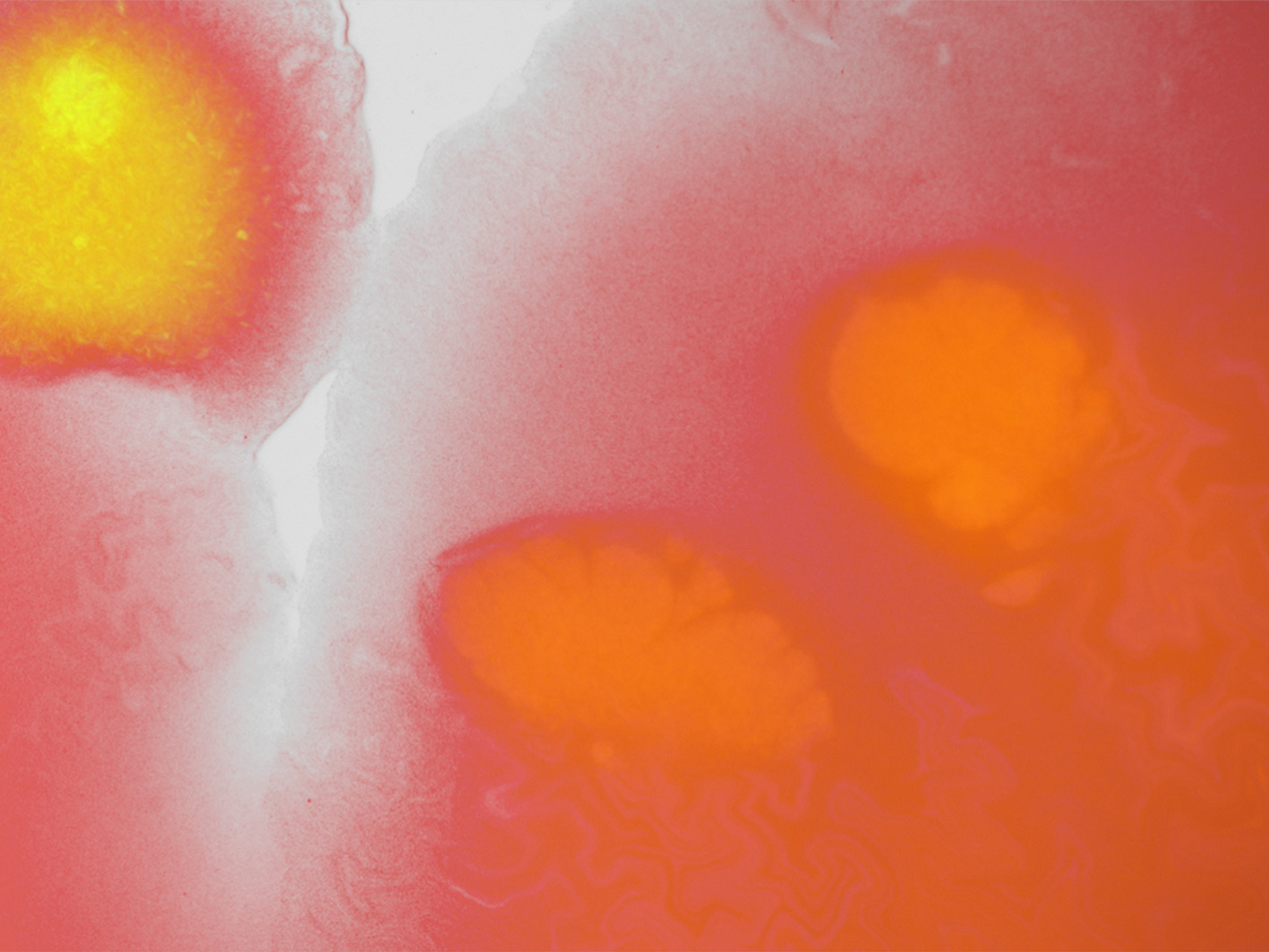
DOCUMENTARY
documentary
Vicerrectorado de Arte, Ciencia, Tecnología y Sociedad. Universitat Politècnica de València © 2025
